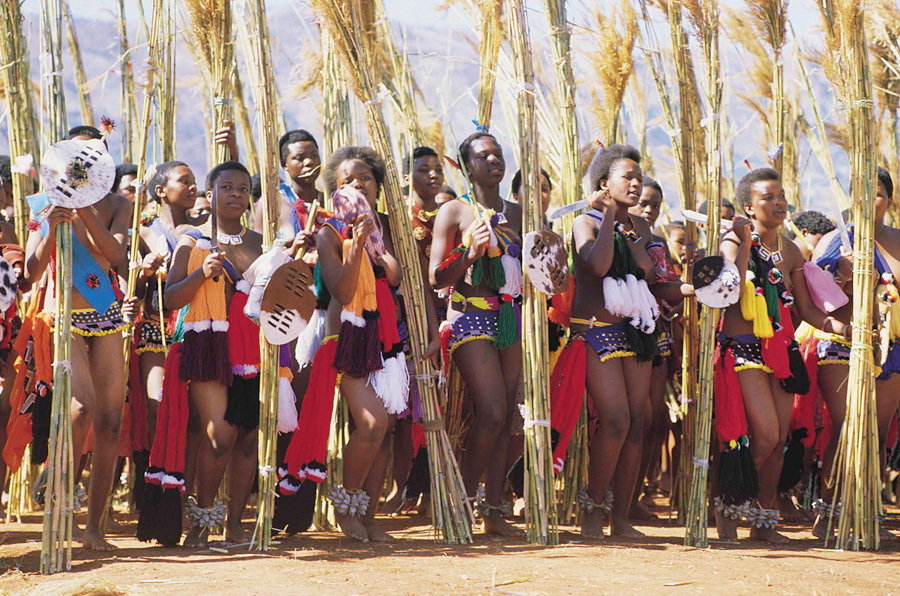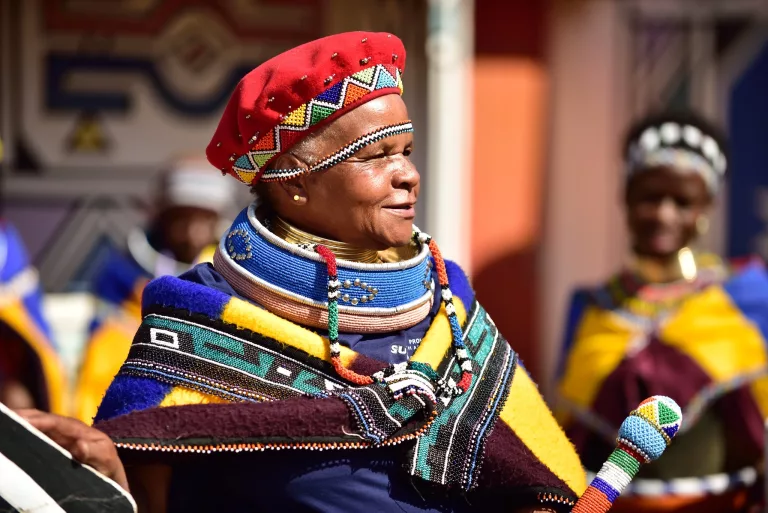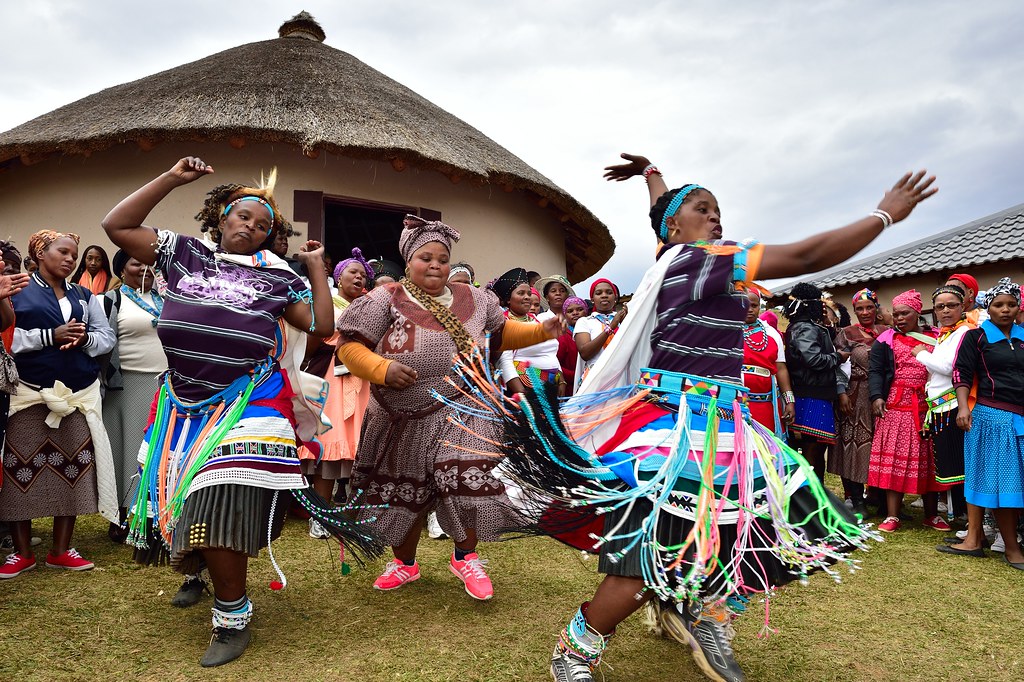South African Culture Today for Dummies
Some Known Incorrect Statements About South African Culture Today
Table of ContentsSouth African Culture Today Fundamentals Explained6 Easy Facts About South African Culture Today ShownNot known Facts About South African Culture TodayExcitement About South African Culture TodayUnknown Facts About South African Culture TodaySouth African Culture Today - The Facts
An issue of significance in Zambian villages is the passing away of enjoyed ones. All participants of the village put cash, time and initiative with each other for the burial of the deceased.During the mourning period; guys remain outside your house and the ladies remain inside your house of the deceased. After speaking about the deceased, the village walks to the place of burial to state their last farewells. Songs and dancing is an extremely vital aspect of the Zambian culture. The various tribal units have their own dance kinds; however, makishi is common amongst all people.
9 Simple Techniques For South African Culture Today
When it involves songs, drums are utilized the most, with a selection of drumming events. In Zambia, majority of the individuals are Christian; Protestant and Roman Catholic. There are small teams of Muslims and Hindus, with the rest adhering to local indigenous tribal ideas.

South African heritage and society is profoundly diverse, and contains various groups of individuals that each have their very own customs and ideas. Having such a variety of people and societies is what makes South Africa so unique. In truth feeling of the expression, we are a rainbow nation.
Making it the 7th on the checklist of countries with the most Portuguese individuals in it outside of Portugal. Portuguese is not just a culture, however it is also a language and a nationality. Portuguese people originate from the country of Portugal in Europe, nonetheless, due to Portugal (like many various other nations in Europe) checking out the world and overcoming other countries during the 15th 20th centuries, South Africa has what we call Portuguese South African's living in it.
South African Culture Today Fundamentals Explained
Among the famous features of the topography is a plateau that covers nearly 2 thirds of the center of the country. The plateau complicated rises toward the southeast, where it culminates in the Drakensberg range, part of a cliff that divides the plateau from the coastal areas. The Drakensburg includes Sparkling wine Castle, the highest possible height in the nation.
The area north of the Witwatersrand, called the bushveld, slopes downward from eastern to west towards the Limpopo River, which forms the global border. The western area of the plateau, the middleveld, likewise descends in the direction of the west and differs in elevation in between the highveld and bushveld. In between the Drakensburg and the eastern and southern coastline, the land descends to the sea.
Nearer the shore there is a low-lying plain called the eastern lowveld. Southwest of the plateau the country comes to be progressively extra dry, paving the way to the stony desert of the Great Karroo, verged on the eastern by the lower, better watered plateau of the Little Karroo. Dividing the completely dry southern interior from the sandy littoral of the southern coast and West Cape is an additional variety, the Langeberg.
The 5-Second Trick For South African Culture Today
The country's racially, ethnically, and politically divided history has produced national and subnational icons that still function as signs of the nation, and others icons that are accepted just by certain groups. The monuments to white inhabitant conquest and political supremacy, such as the Afrikaner Voortrekker ("pioneer") Monolith in Pretoria and the Rhodes Monolith recognizing the British colonial empire builder and Cape head of state Cecil Rhodes, stay sectarian icons.
The initial modern residents were the San ("bushman") hunter-gatherers and the Khoi ("Hottentot") peoples, who herded animals (South African culture today). The San might have existed for countless years and left evidence of their presence in thousands of ancient cave paintings ("rock art"). Bantu-speaking clans that were the forefathers of the Nguni (today's amaZulu, amaXhosa, amaSwazi, and vaTsonga individuals) and Tswana-Sotho language groups (today's Batswana and Southern and Northern Basotho) moved below east Africa as very early as the fifteenth century

The 2 former republics of the Orange Free State and Transvaal (South African Republic) were established by Afrikaner inhabitants who defeated and dispossessed the Basotho and Batswana. Lesotho would certainly have been forcibly integrated right into the Orange Free State without the extension you can try this out of British security in 1869. The ultimate unification of the nation arised from the South African Battle (18991902) between the British and both Afrikaner republics, which decreased the country to ruin at the start of the twentieth century.
Afrikaners historically considered themselves the only real South Africans and, while granting full citizenship to all homeowners of European descent, denied that condition to individuals of color till the democratic transition of 1994. British South Africans keep a sense of cultural and social link to Great Britain without weakening their identity as South Africans.
Indicators on South African Culture Today You Should Know
The variety and fragmentation within ethnic collections and the balance of tensions in between those teams throughout the twentieth century protected against interethnic civil conflict. While intergroup stress over sources, privileges, and political prominence continue to be, those problems are as likely to match Zulu versus Zulu as Zulu versus Xhosa or African versus Afrikaner.
From colonial India, British sellers and administrators brought the bent steel ornamental roofing systems and slender lace job columns that still typify the terraces of homes in communities and cities throughout the nation. Holy places contribute an important architectural facet even in the tiniest towns. Along with the skyrocketing steeples and traditional stonework of Afrikaans Dutch Reformed churches, Anglican churches, synagogues, mosques, and Hindu shrines supply selection to the religious architectural scene.

Slaughtering and the brewing of typical grain beer are essential in protecting the engagement and a good reputation of the ancestors who are taken into consideration the guardians of good lot of money, success, and well-being. Indian neighborhoods maintain their indigenous culinary practices and apply them on Islamic and Hindu routine and ritualistic celebrations. Afrikaners and Coloured people gather at go to this web-site weekends and special events at multifamily bbqs called braais, where area bonds are strengthened.
Since this was the main financial venture of both black Africans and white homesteaders, dispute in between those teams fixated the possession of grazing land and livestock. In 1867, the largest diamond deposits on the planet were found at Kimberley in the west central location. The riches from those fields assisted finance the exploitation of the biggest gold coral reef worldwide, which was found on the check my source Witwatersrand in 1886.
South African Culture Today Fundamentals Explained
This brought about misconceptions and calculated misstatement in the negotiations of white inhabitants and federal government officials with African principals during the colonial duration (South African culture today). In the establishment of African reserves, some facets of common and mainly "tribal depend on" land period were maintained, and even in white backwoods, kinds of communal tenure were still practiced in areas with African neighborhoods
After the democratic improvement of 1994, programs for land restitution, redistribution, and reform were instituted, yet progression has actually been sluggish. The white minority still controls eighty percent of the land. In the wake of agricultural land intrusions in Zimbabwe, the Division of Land Matters has actually promised to speed up land redistribution.